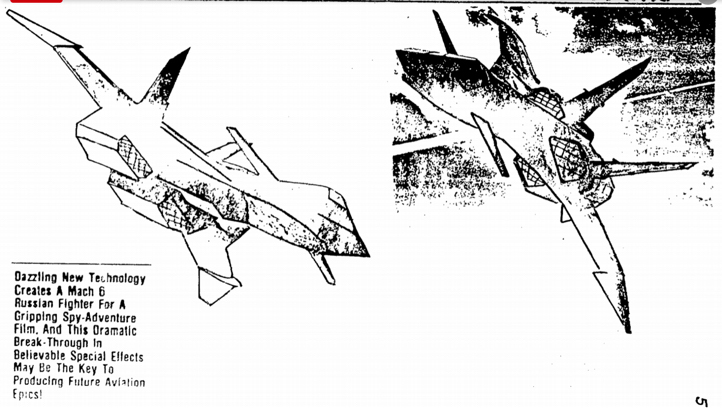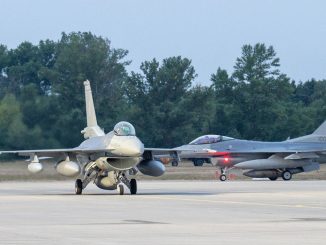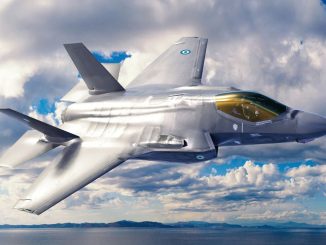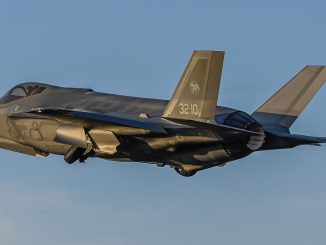
A Naval Aeronautics professor analyzed the stealthiness the MiG-31, the fictional aircraft of Clint Eastwood’s techno-thriller action “Firefox” movie, in a presentation to General Dynamics and NASA.
A couple of weeks ago we have published a story on the MiG-31 Firefox, the Soviet stealth interceptor aircraft, capable of Mach 6 introduced by a 1977 novel of the same name by Craig Thomas, and made popular by an action movie, released in 1982, produced, directed by and starring Clint Eastwood.
As written in that story, the shape of the Firefox differs a lot between the first novel and film. The version in the novel resembles a MiG-25 “Foxbat”, much like the real Mikoyan MiG-31 “Foxhound” whereas the movie version is a more futuristic design, unlike any other planes of the 1970s or 1980s, an aircraft apparently influenced by the speculation about what the soon-to-be-revealed “stealth fighter” might have looked like.
Few hours after the article was published, one of our readers sent us an email to let us know that we had left something pretty good out of the Firefox article. Indeed, a Navy academy professor did a presentation on the actual stealthiness of the Firefox. The pics were posted on the rspecialaccess subreddit a couple years back.
Here is the analysis:
Actually, the Firefox stealth jet has often been used for instructional purposes, especially when it deals with stealth technologies.
“This Mig-31 “Firefox” fictional jet fighter was used in the introductory slides of our presentation “Low Observable Principles, Stealth Aircraft and Anti-Stealth Technologies”, presented at the 2nd Int’l Conference on Applications of Mathematics and Informatics in Military Sciences (AMIMS), at the Hellenic Military Academy, Vari, Athens, Greece, in April 2013, in order to attract the attention of the audience (and it’s been working perfectly ever since): click here for the presentation” Konstantinos Zikidis, Maj. HAF, one of the authors, wrote in a comment thread to the original article on The Aviationist.
H/T to the “nerds” from the rspecialaccess subreddit”



